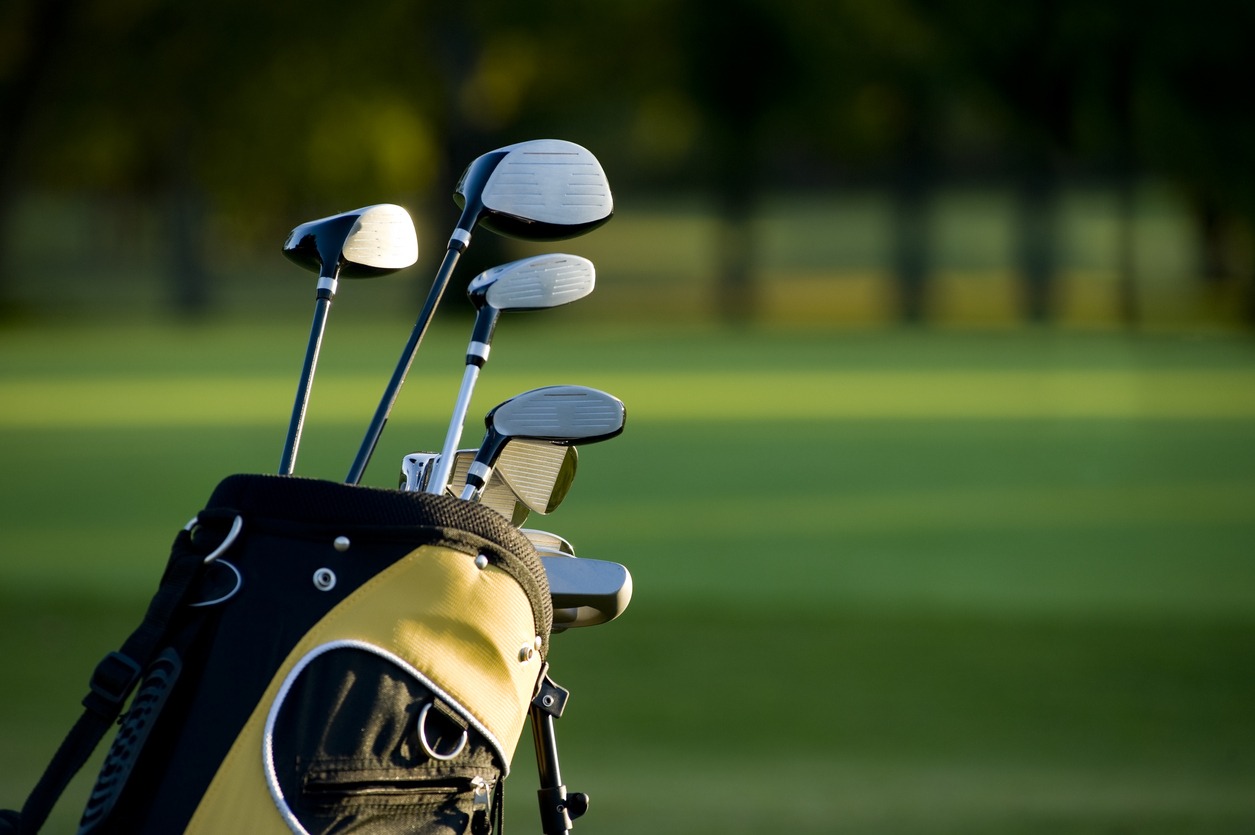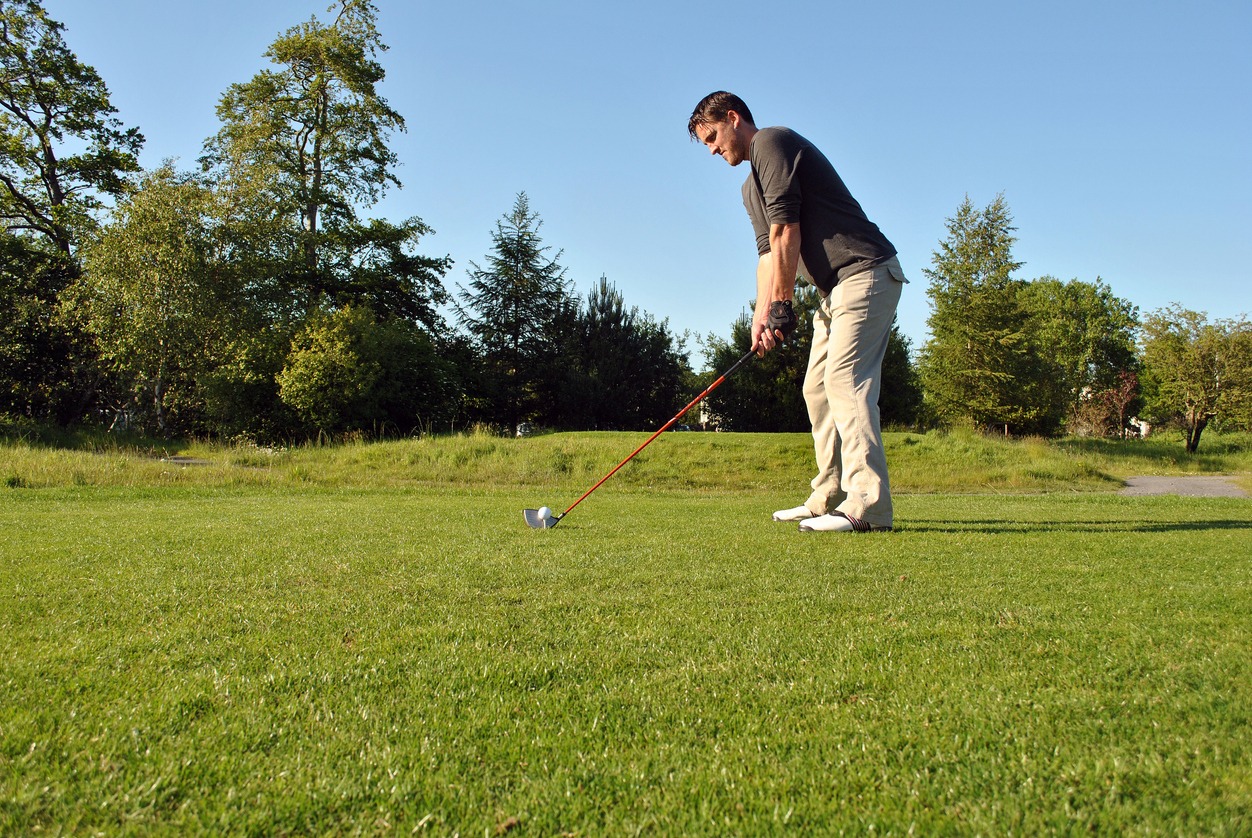Selecting gear as a beginner in any sport can be quite challenging, especially so with a sport like golf. There are numerous terminologies to familiarize yourself with, not to mention navigating through a wide array of club options to find the ones that will help refine your technique and enhance your learning experience.
To passionate golfers, their clubs become an integral part of their being, serving as an extension of their body as they pursue their best performance on the course. Building the perfect set of clubs often takes years of effort and dedication. For newcomers, the task of figuring out where to begin can be overwhelming.
Why You Should Pick The Right Golf Club
Amidst the abundance of golf equipment available, choosing the right golf clubs is a critical decision where beginners usually make their first misstep. Selecting a set that matches your skill level and body type is essential to avoid setting yourself up for failure.
The choice of clubs you make as a beginner is very crucial. Going for beginner-friendly clubs allows for some flexibility, accommodating slight errors in your swing and ball contact.
Beginner clubs feature larger clubfaces and shorter shafts, designed to facilitate easier ball elevation regardless of your swing. This allows you to focus on improving your golfing technique without becoming frustrated and giving up on the game.
Golf clubs are not universally suitable for everyone. A set that performed well for your friend might not be the best fit for you. It’s essential to try them out before making a purchase decision.
Several sporting goods stores may attempt to persuade you into purchasing a complete bundle of clubs all at once. However, as a beginner, you don’t necessarily require a full set of clubs. Instead, opt for a half set specially designed for novice golfers.
Choosing a half set of clubs will be gentler on your golf gear budget and less overwhelming to use compared to the complete bundle. As your skills and technique improve, you can gradually add more clubs to your half set or consider upgrading to the full bundle.
How You Can Pick The Right Golf Club
It’s all about getting the perfect fit. Customize a set that’s compatible with your phisicality and technique. Don’t rush and get a feel of the grip before making the final purchase.
Inspect the grip. Since hand sizes vary, the size of the grip plays a crucial role in selecting the appropriate club. A proper grip entails correctly wrapping your fingers around the club. Incorrect sizing will adversely impact your ability to swing correctly. The middle and ring finger on your left hand must wrap around the club, minimally touching the pad of your thumbs. Your professional golf shop can assist you in assessing your grip and adjusting the club as needed to achieve a perfect fit.
Check the grip thickness. It significantly influences your swing. A grip that is too thin may cause excessive hand actions during the swing, while an overly thick grip can restrict hand movement and have a negative impact as well. Finding the right grip thickness is crucial for a smooth and effective golf swing.
Analyze the shaft’s length. It’s essential to have the correct club length to maintain proper body posture during your swing. Taller players may require a longer shaft to ensure proper ball contact. Additionally, keep in mind that different shafts offer varying levels of flexibility, which can affect your swing. Choosing a shaft that is too stiff will lead to a lower ball flight and reduced distance, while a shaft that is too soft can cause ballooning and result in a similar loss of distance. Finding the right shaft flex is essential for optimizing your ball flight and distance.
Examine the loft. The loft represents the angle between the shaft’s centerline and the clubface. Clubs with lower loft angles, like a 3 iron with 21-23 degrees of loft, will make the ball travel farther. Conversely, higher loft angles cause the ball to rise and descend on a steeper trajectory.
Take clubhead size into account. A larger clubhead size offers beginners an advantage in connecting with the ball. However, an overly oversized clubhead may add weight and bulk, making it more difficult to achieve a smooth swing. Fortunately, most brands offer options for standard, midsize, and oversized heads, catering to the needs of every golfer. Experimenting with different sizes can help you identify the ideal clubs to purchase.
Customize And Upgrade As You Go
The best approach to purchasing golf clubs is to do it gradually, acquiring more advanced clubs as your experience and skills improve in the sport.
For those new to golf, it is beneficial to borrow a set or buy used clubs initially. After you’ve played a few rounds you’d be familiar enough with your gameplay to be able to make good decisions when you invest on new ones.
For beginners, custom-fitted or top brand name clubs are unnecessary. Instead, get a beginner set with a driver, and a putter.
When it comes to choosing between steel and graphite shaft clubs, we recommend going with steel shafts at this stage. They are more durable and budget-friendly compared to graphite shafts.
They all come in various brands and models. You can defineitely mix and match according to your needs and budget.
Conclusion
Start slow. Then you can, and should, tailor your club set to your game. You will eventually become more confident in finding pieces with specs that are best-suited to your physical characteristics and game ability.
If you are considering becoming a serious golfer, the perfect club set will be a worthwhile investment. Keep in mind that you and your set of clubs should be able to grow together as you go along the game.



